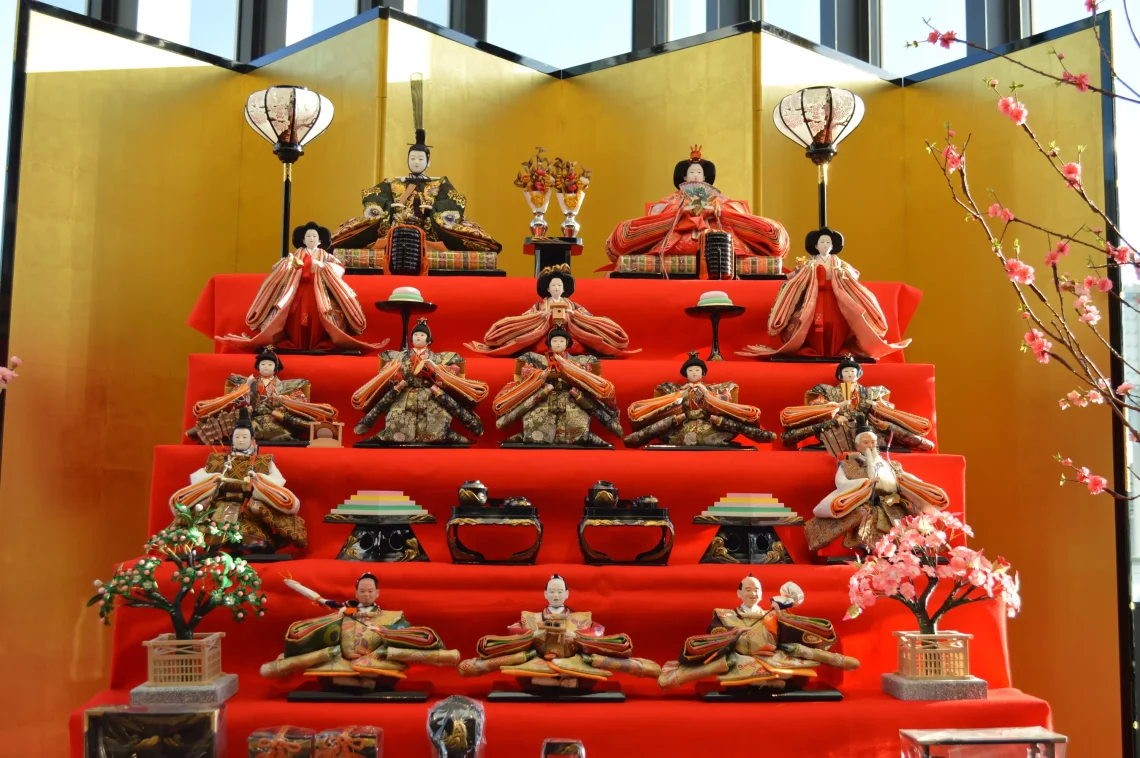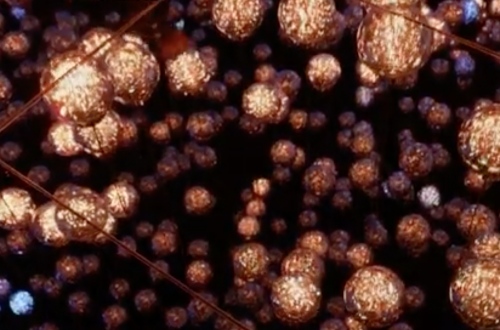
Hinamatsuri
Hinamatsuri is a traditional Japanese festival also known as Doll’s Day or Girls’ Day. It is celebrated on March 3rd every year. The festival’s main focus is to pray for the health and well-being of young girls in the family. It involves the display of a set of ornamental dolls called “Hina dolls” representing the Emperor, Empress, attendants, and musicians in traditional court dress from the Heian period (794-1185).
The Hina dolls are typically arranged on a tiered platform covered with a red carpet, and the display can vary in size and elaborateness. Families with daughters often have a set of Hina dolls that are passed down through generations.
During Hinamatsuri, it is common to perform certain rituals such as drinking a special sake called “shirozake” and eating specific types of food like “hina-arare” (colorful rice crackers) and “hishimochi” (diamond-shaped rice cakes). Families also celebrate by inviting friends and relatives over to admire the dolls and share in the festivities.
Hinamatsuri is a cherished cultural tradition in Japan that highlights the importance of family, particularly the well-being and happiness of young girls.




